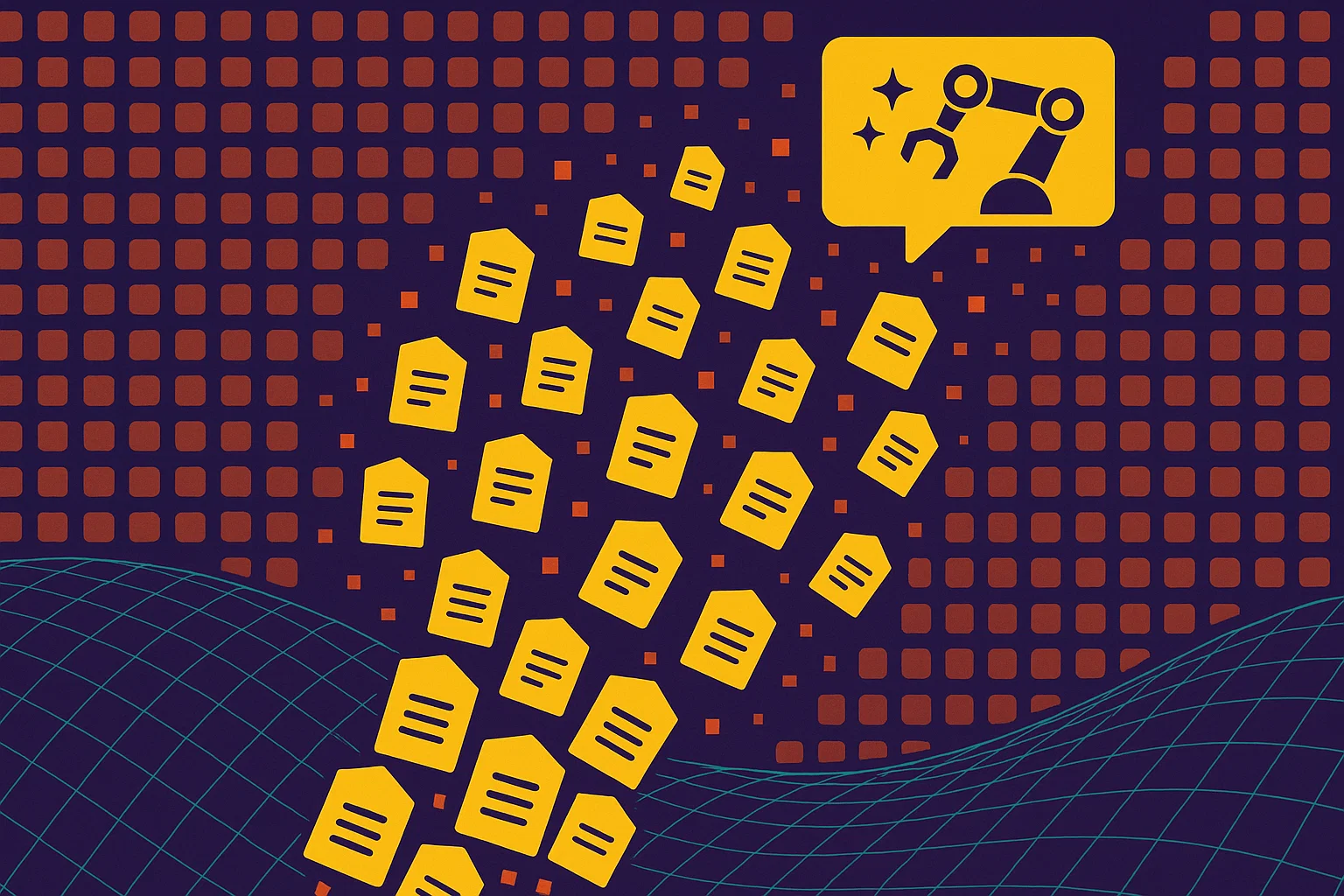LPAC: Learnable Perception-Action-Communication Loops with Applications to Coverage Control
PositiveArtificial Intelligence
The recent development of the Learnable Perception-Action-Communication (LPAC) architecture marks a significant advancement in robotics, particularly for decentralized robot swarms. This innovative approach utilizes convolutional neural networks to enhance the robots' ability to collaboratively monitor areas of interest without prior knowledge. This is crucial as it addresses the challenges posed by limited communication and sensing capabilities, paving the way for more efficient and autonomous robotic systems in various applications, from environmental monitoring to disaster response.
— Curated by the World Pulse Now AI Editorial System




